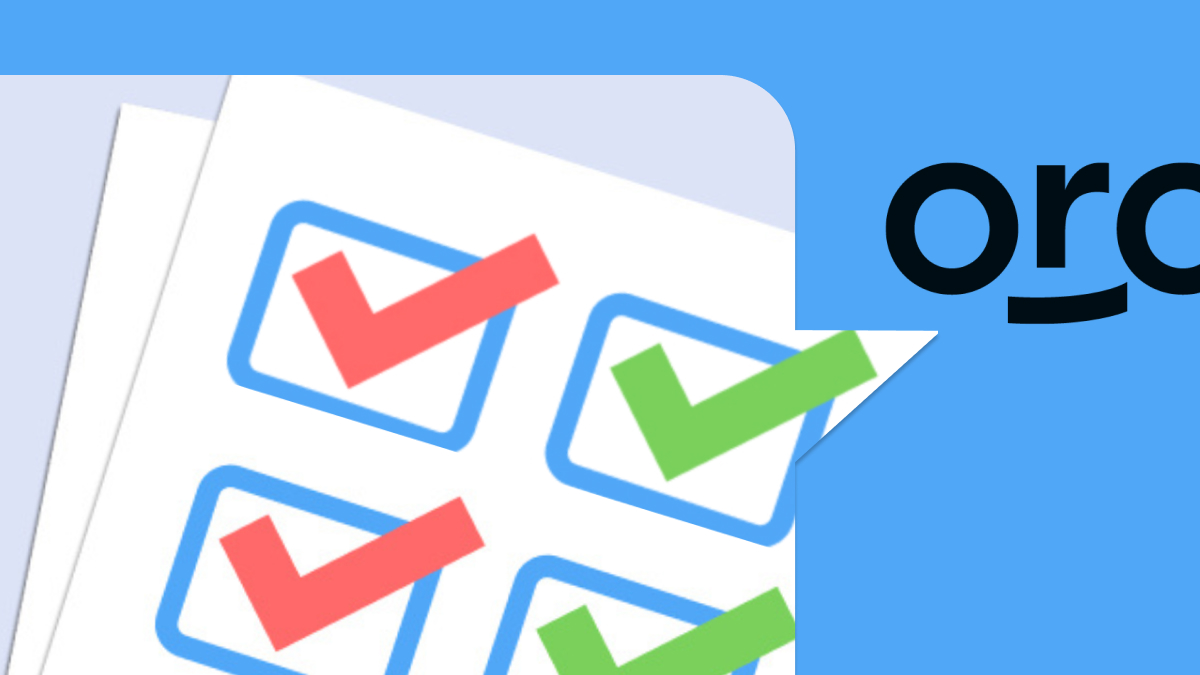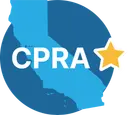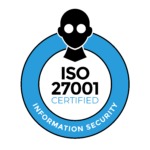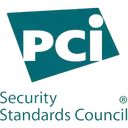The Health Insurance Portability and Accountability Act (HIPAA) is the cornerstone privacy and security regulation for healthcare organizations in the United States. This compliance framework was enacted in 1996 to protect sensitive patient health information while enabling the efficient exchange of healthcare data between authorized parties. HIPAA applies to covered entities—including health plans, healthcare clearinghouses, and healthcare providers who conduct electronic transactions—as well as their business associates who handle protected health information (PHI) on their behalf.
What it is
HIPAA originated from the U.S. Congress and is administered by the Department of Health and Human Services (HHS), with enforcement handled primarily by the Office for Civil Rights (OCR). The law encompasses both privacy and security requirements through its Administrative Simplification Rules, which include the Privacy Rule, Security Rule, and Breach Notification Rule. The primary goal is to establish national standards for protecting individually identifiable health information while preserving the flow of health information needed to provide quality healthcare and protect public health.
Core requirements and principles
HIPAA compliance centers on three main rules and their associated safeguards:
Privacy Rule requirements:
- Implement policies and procedures for using and disclosing PHI
- Provide patients with Notice of Privacy Practices
- Honor patient rights regarding access to their information
- Obtain proper authorizations for uses beyond treatment, payment, and operations
- Apply minimum necessary standards when accessing or sharing PHI
Security Rule requirements:
- Administrative safeguards including security officer designation and workforce training
- Physical safeguards protecting systems, workstations, and media containing ePHI
- Technical safeguards including access controls, audit controls, and transmission security
Breach Notification Rule requirements:
- Conduct risk assessments for potential breaches
- Notify affected individuals within 60 days of breach discovery
- Report breaches to HHS and potentially media outlets
- Maintain documentation of breach response activities
Types and categories
HIPAA distinguishes between different types of regulated entities:
Covered entities include health plans, healthcare clearinghouses, and healthcare providers who conduct electronic transactions. These entities have direct obligations under all HIPAA rules.
Business associates are third-party service providers who create, receive, maintain, or transmit PHI on behalf of covered entities. They must comply with applicable portions of the Security and Breach Notification Rules.
The regulations also differentiate between administrative, physical, and technical safeguards, with some requirements being “required” (mandatory) and others being “addressable” (must be implemented if reasonable and appropriate for your organization).
Compliance process
Achieving HIPAA compliance follows a structured approach:
Assessment phase (3-6 months):
- Conduct comprehensive risk analysis
- Review current policies and procedures
- Identify gaps in compliance
- Evaluate technical infrastructure
Implementation phase (6-12 months):
- Develop or update policies and procedures
- Implement required safeguards
- Deploy necessary technology solutions
- Execute business associate agreements
Training and documentation (ongoing):
- Train all workforce members on HIPAA requirements
- Document all compliance activities
- Establish incident response procedures
- Create audit trails and monitoring systems
Maintenance phase (continuous):
- Monitor compliance regularly
- Update risk assessments annually
- Revise policies as needed
- Provide refresher training
Key roles include the Privacy Officer (required for covered entities), Security Officer, and compliance team members who oversee ongoing adherence to requirements.
Common challenges
Organizations frequently encounter several obstacles during HIPAA implementation:
Resource constraints: Many organizations underestimate the time, personnel, and financial resources required for comprehensive compliance. The complexity of healthcare environments and distributed workforces compound these challenges.
Technical implementation: Securing electronic systems, implementing proper access controls, and ensuring encrypted communication can be technically complex, especially for smaller organizations lacking dedicated IT expertise.
Ongoing maintenance: HIPAA compliance is not a one-time achievement but requires continuous monitoring, policy updates, and risk management. Many organizations struggle with sustaining compliance over time.
Vendor management: Managing business associate relationships and ensuring third-party compliance creates ongoing administrative burden and potential liability.
Cultural change: Shifting organizational culture to prioritize privacy and security often requires significant change management and consistent reinforcement from leadership.
Benefits of compliance
HIPAA compliance delivers substantial advantages beyond regulatory adherence:
Enhanced patient trust: Demonstrating commitment to protecting sensitive health information strengthens patient relationships and competitive positioning.
Improved data security: The security safeguards required by HIPAA protect against costly data breaches and cyber attacks that could cause financial and reputational damage.
Operational efficiency: Standardized procedures and documented workflows often improve operational consistency and reduce errors.
Legal protection: Proper compliance provides legal defensibility and may reduce liability in the event of security incidents.
Business opportunities: Many healthcare partnerships and contracts require demonstrated HIPAA compliance, opening doors to new business relationships.
Who needs it and when
HIPAA compliance is mandatory for covered entities and business associates. Healthcare providers must comply if they conduct electronic transactions such as claims, eligibility verification, or authorizations. Health plans and clearinghouses are automatically covered regardless of their electronic transaction activities.
Business associates include cloud service providers, IT vendors, consultants, attorneys, accountants, and any other service providers who access PHI. The compliance requirement begins as soon as your organization meets the definition of a covered entity or enters into a business associate relationship.
New healthcare providers should begin compliance efforts before opening their practice, while existing organizations should continuously maintain and improve their compliance programs.
Preparation tips
You can follow this practical roadmap to prepare for HIPAA compliance:
Start with leadership buy-in: Secure executive support and budget allocation for compliance initiatives. Designate qualified Privacy and Security Officers.
Conduct preliminary assessment: Review your current practices against HIPAA requirements using available checklists and resources to identify major gaps.
Prioritize high-risk areas: Focus initial efforts on areas with the greatest compliance gaps or highest risk exposure.
Leverage available resources: Utilize policy templates, training materials, and compliance software to accelerate implementation while ensuring customization to your specific environment.
Plan for professional support: Consider engaging qualified consultants or auditors for gap analysis, implementation guidance, or compliance validation.
Document everything: Maintain thorough documentation of all compliance activities, decisions, and risk mitigation efforts.
Conclusion
HIPAA compliance remains a critical requirement for healthcare organizations and their business partners. The complexity and ongoing nature of these requirements demand sustained commitment and resources, but the benefits of enhanced security, patient trust, and legal protection justify the investment. You should view compliance not as a burden but as a foundation for responsible healthcare data management.
Compliance shouldn’t slow you down. Thoropass offers comprehensive HIPAA compliance solutions that help you achieve and maintain compliance at a fraction of the cost of traditional audit

Related Posts
Stay connected
Subscribe to receive new blog articles and updates from Thoropass in your inbox.
Want to join our team?
Help Thoropass ensure that compliance never gets in the way of innovation.













.png)